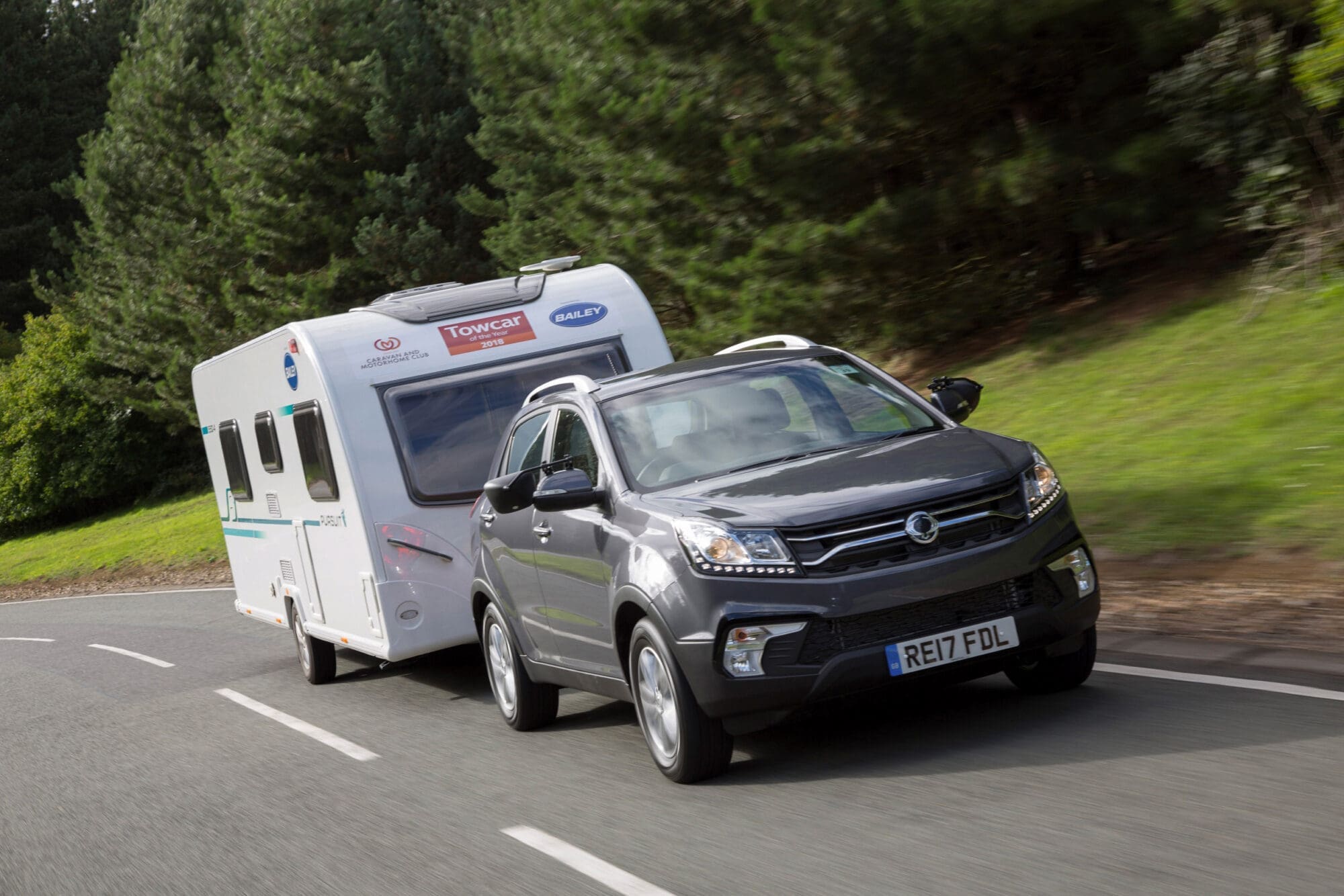
Dear Doctor Diesel
May I offer some points of comment (and correction) regarding your answer to the “Weighty Question” (Issue 391) correspondence regarding towing.
By the way, we haven’t been the Caravan Club since early 2017! Diesel cars currently remain the overwhelmingly most popular choice for our members’ towing needs, with 96 per cent of them choosing that option. This reflects the excellent torque and flexibility characteristics of these engines.
Car manufacturers are only obliged to carry out one driving assessment in order to Type Approve their vehicles for towing. That’s a repeated hill start test on a pretty modest 12 per cent (approx. 1 in 8) slope. While this gives some indication of engine capability and traction, it provides no assessment of the vehicle’s capacity to control a trailer at high speed. Beyond that, manufacturers can define a vehicle’s towing limit for a trailer with brakes at any level they feel suitable, up to a maximum figure equal to the car’s maximum laden weight (or 1.5 times that for a designated off-road vehicle). They normally do this via a range of non-mandatory testing of their own specification.
Different trailer types have significantly different towing characteristics and usage requirements, and hence place different demands on the tow car. For the caravan, though, the requirement is much more than having enough torque to get it moving, or enough power to get it up to high speed. The dynamics of a caravan at high speed are influenced by many factors, not least the aerodynamic load changes that cause the front end of the caravan to lift and reduce the “noseweight” and the aerodynamic interaction between the caravan and the ‘bow wave’ of air displaced by vehicles alongside it, especially HGVs and coaches. Keeping the weight ratio between the caravan and the tow car favourable helps mitigate these issues, and keeping the caravan relatively small (and thus light) also tends to minimise the risk of adverse weight distribution within the caravan, which can also influence the likelihood of high-speed instability.
For these reasons, the Club has for many years recommended as a guideline that the laden weight of the caravan should ideally be no more than around 85 per cent of the kerb weight of the tow car. We advise this to be adhered to more stringently by those with limited towing experience. As experience is gained, the relative weight of the caravan can be increased, but with increased risk of instability. More towing experience is therefore advisable to ensure that warning signs of a potentially unstable caravan are sensed and acted upon before a serious issue occurs. We in the caravan sector all work to a guideline that the laden weight of the caravan should never exceed the kerb weight of the tow car. There is no such thing as an “85 per cent rule” – it’s a guideline, designed to ensure those towing for pleasure on holiday have a safe and enjoyable experience. It applies only to caravans and is not necessarily applicable to other trailers which do not share the same design and usage characteristics as caravans. This advice has nothing whatsoever to do with engine characteristics and traction, a little to do with suspension quality and assistive aids, such as electronic stability control, and a lot to do with the basic laws of physics.
The Club has been assessing towing vehicles for most of the history of the motor car. We not only test tow cars every month for our Club Magazine, we have also been carrying out large-scale testing of the newest models in our annual Caravan and Motorhome Club Towcar of the Year. We will have the latest diesel models, plus petrol, hybrid and electric cars, and will give them a serious workout around various parts of Millbrook Proving Ground’s demanding test routes.
In essence, manufacturers’ towing limits should be treated with sensible caution, with due consideration of the nature of the trailer being towed. When towing trailers with favourable design and use characteristics, the full towing limit can be utilised. For trailers (such as caravans) with less favourable design and use characteristics, some additional caution is advisable.
Regards
Martin Spencer,
Caravan and Motorhome Club.
© Motorworld Media 2023
Registered Office: 4 Capricorn Centre, Cranes Farm Road, Basildon, Essex. SS14 3JJ
Company Number: 8818356
Website designed by Steve Dawson